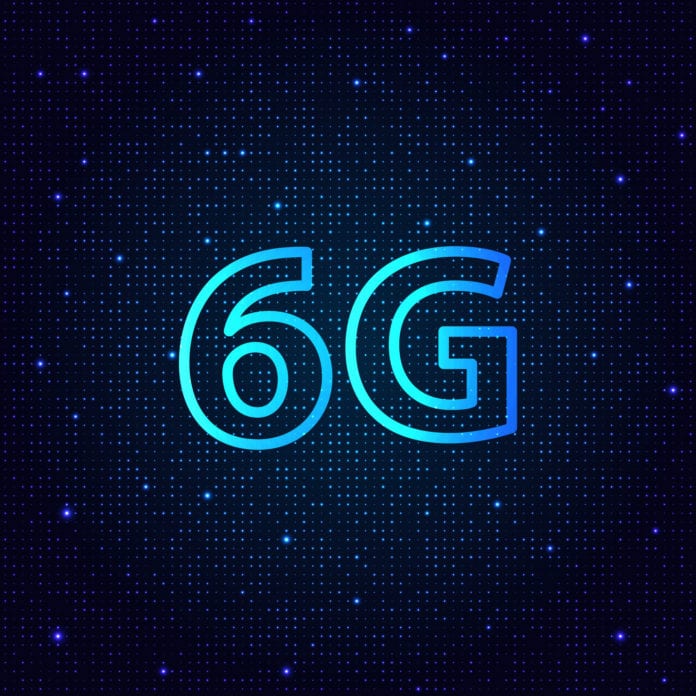The University of Texas (UT) has teamed up with tech companies Qualcomm, Samsung, AT&T, NVIDIA and InterDigital to establish a new research center, dubbed 6G@UT, to lay the groundwork for 6G.
“The advances in both wireless communications and machine learning over the past decade have been incredible, but separate,” said 6G@UT Director Jeffrey Andrews. “Coupled with vast new sensing and localization abilities, 6G will be defined by an unprecedented native intelligence, which will transform the ability of the network to provide incredible services.”
Founding members will each fund at least two projects for three years at the new 6G center.
Researchers from the companies will work alongside University of Texas faculty members and students to develop wireless-specific machine learning algorithms, advanced sensing technologies, and core networking innovations that will be the backbone of 6G.
The UT noted that the introduction of terahertz (THz) bands and the superior sensing resolution through massively dense antenna arrays will allow carriers to better monitor the quality of their networks in different places — from office towers to busy downtown areas to far-flung rural locales. 6G networks will be loaded with radar, vision, audio, lidar, thermal, seismic and broadband software-defined radio sensors that will provide unprecedented situational awareness to applications and devices running on the network, UT said.
Todd Humphreys, associate professor in UT Austin’s Department of Aerospace Engineering and Engineering Mechanics, said: “6G should begin with the premise that sensing is not just for reacting to conditions, but anticipating them, so that vital links to automated vehicles, AR/VR headsets, and other latency-sensitive applications can be maintained with utter reliability.”
Other major pillars of the new center, and crucial parts of 6G, include the need to open new spectrum and low Earth orbit satellite links to improve coverage across rural and urban areas and design new network architectures to enable better resource and infrastructure sharing.
North American mobile industry standards group ATIS’ Next G alliance had recently announced the formation of working groups and the launch of its technical program. The National 6G roadmap working group is the key group and will address the full lifecycle of commercialization.
Thus far, the Next G Alliance includes 50 information and communications companies spanning infrastructure, semiconductors and device vendors; operators and other organizations, including those in the area of research.
Many other countries, including China, Japan and the European Union, have also launched projects, programs, and alliances to shape the 6G framework and main business focus.
The initial commercial deployments of 6G technology are forecast to take place between 2028 and 2029, according to global tech market advisory firm ABI Research.
The research firm also said it expects the first standards for 6G to be ready by 2026.

